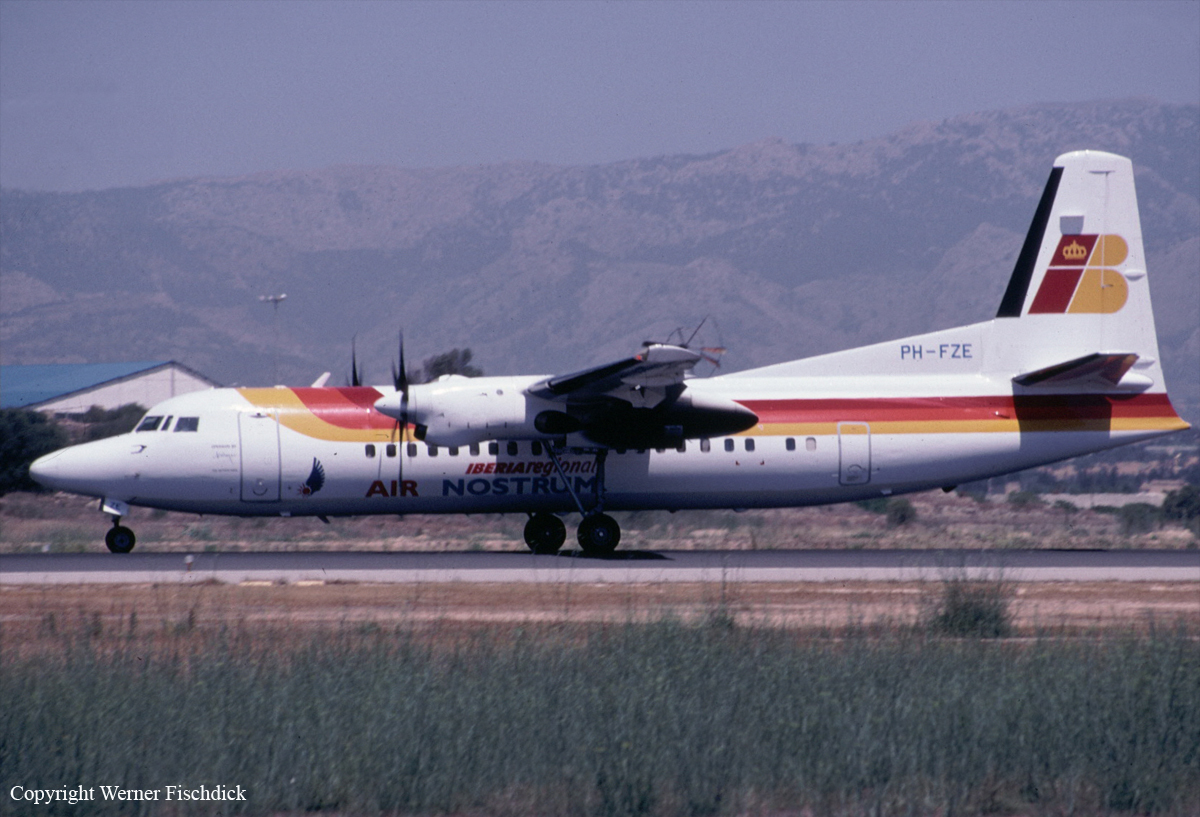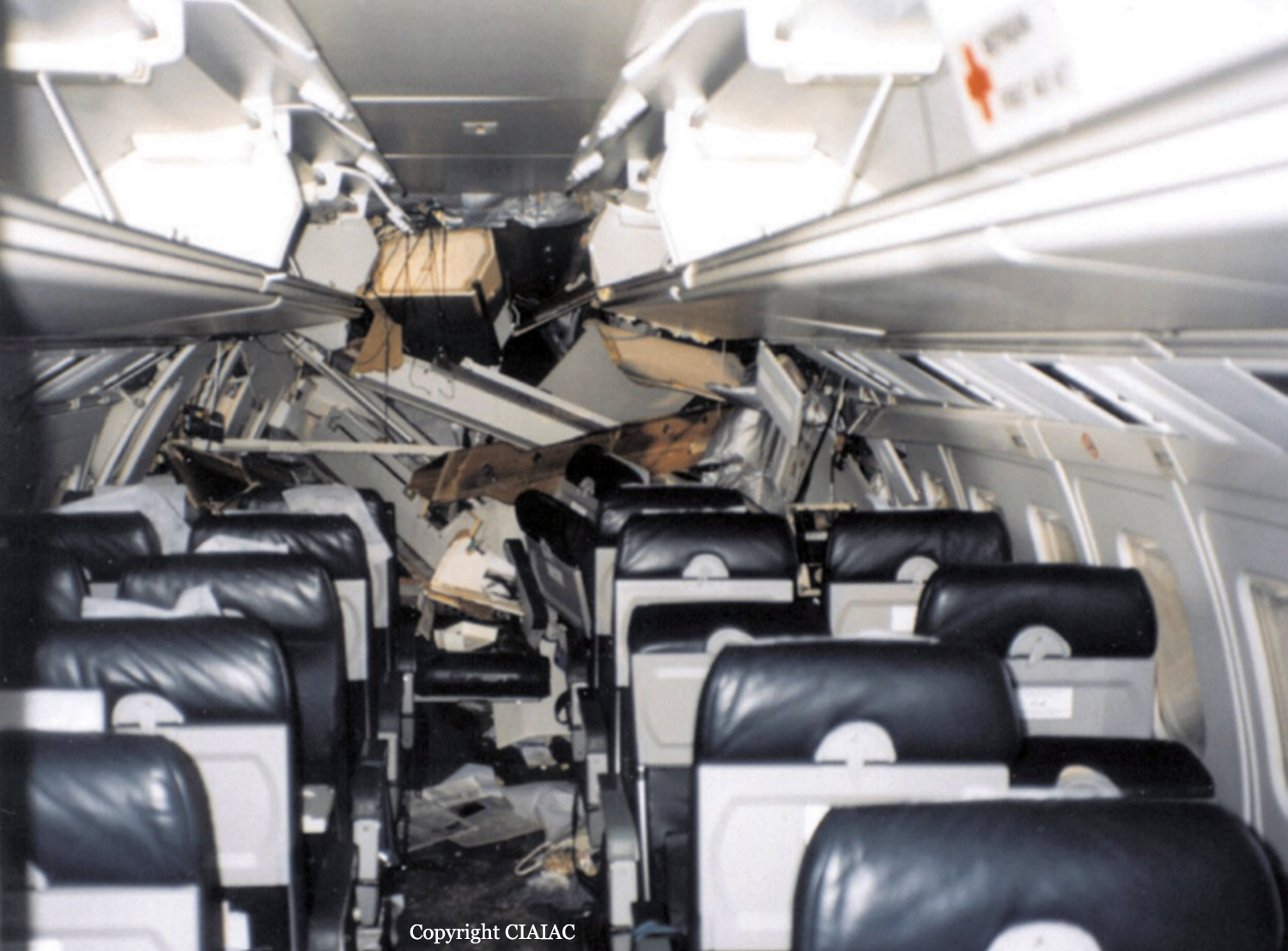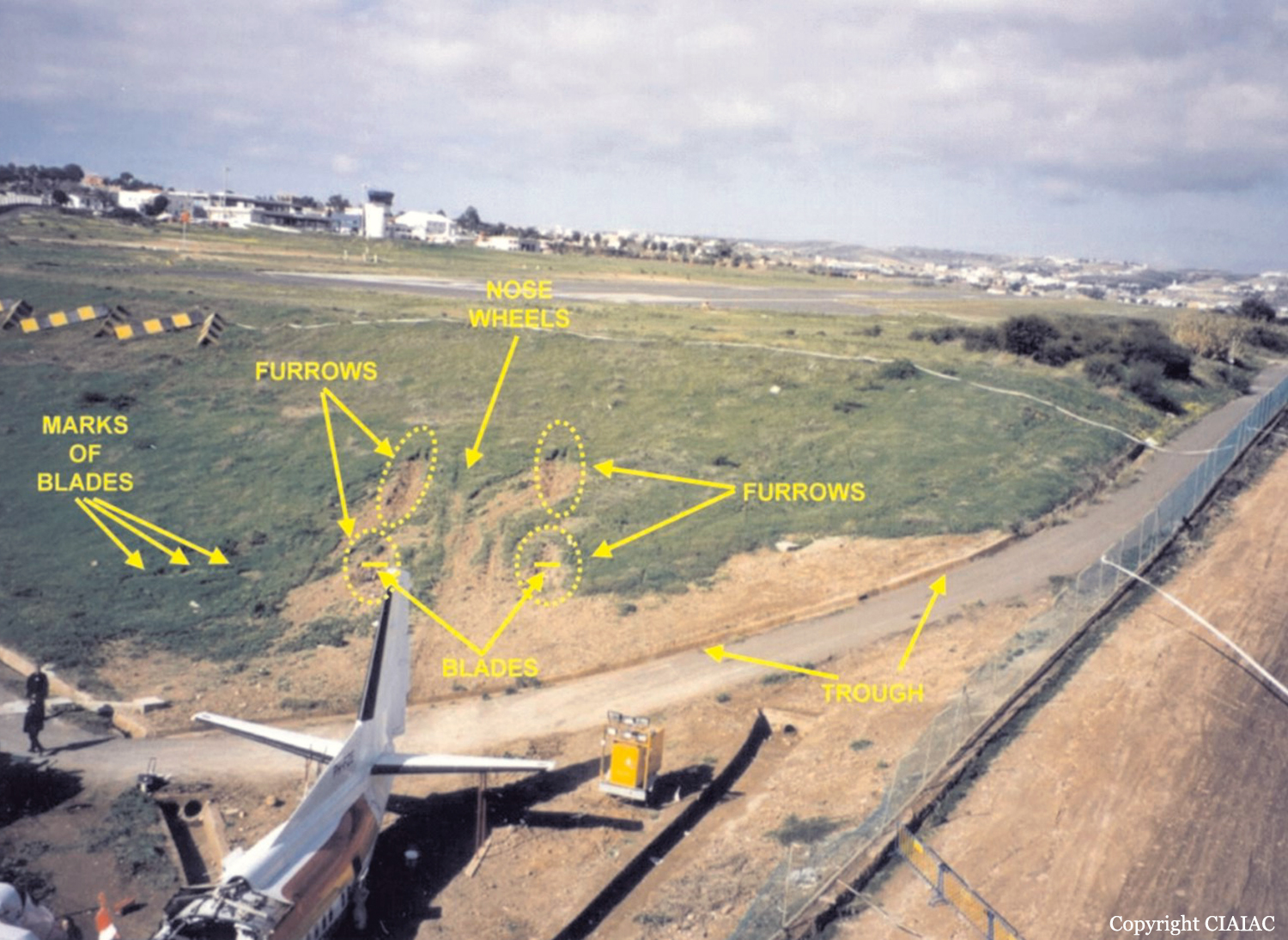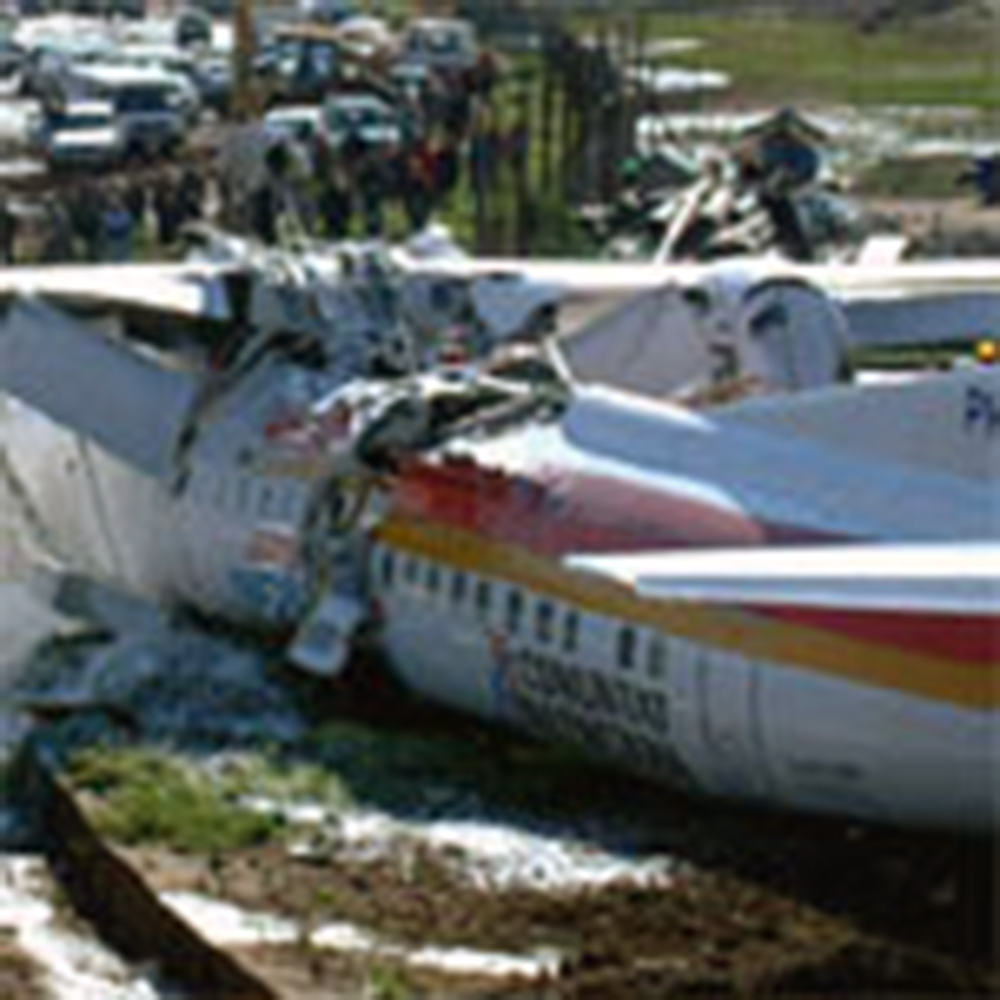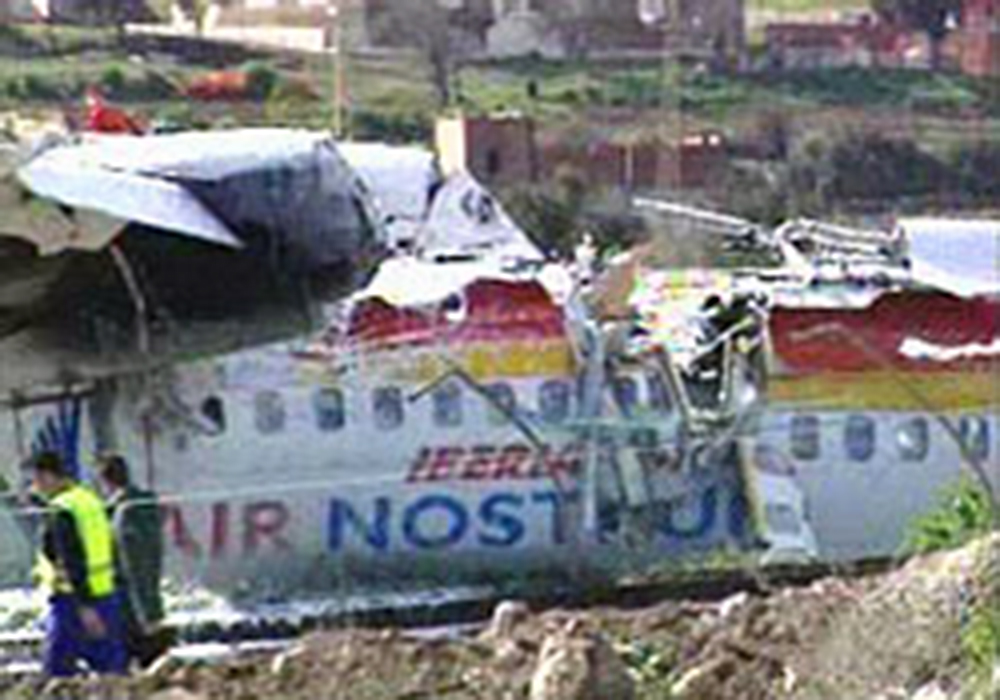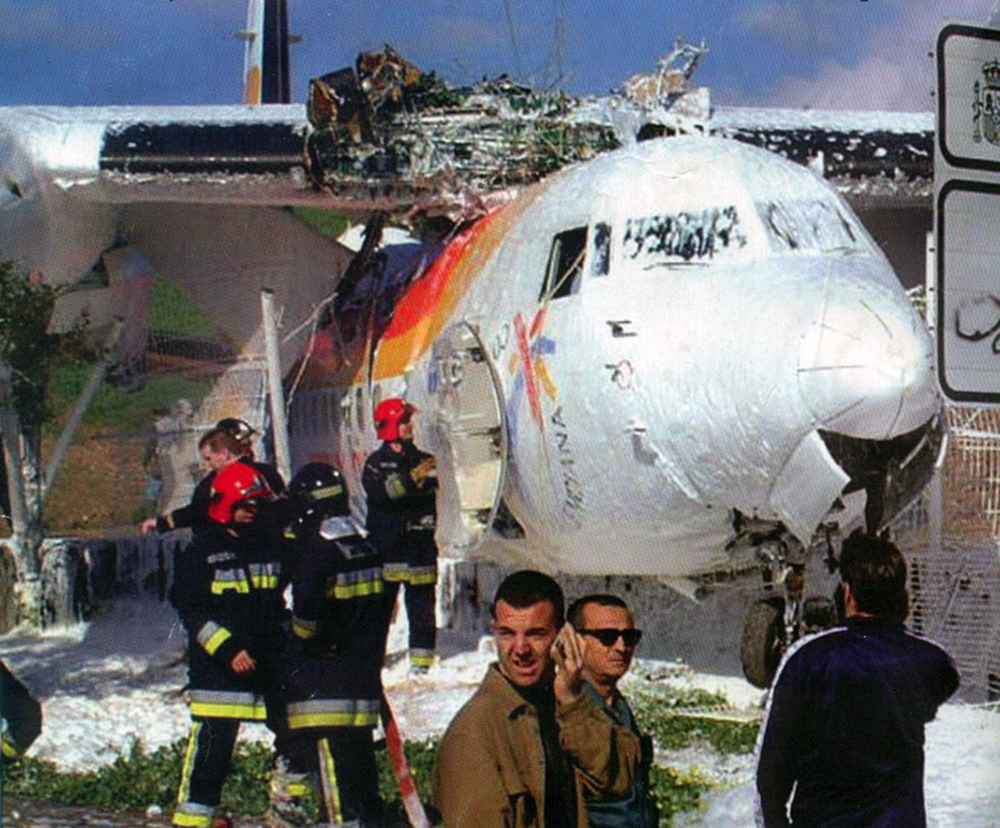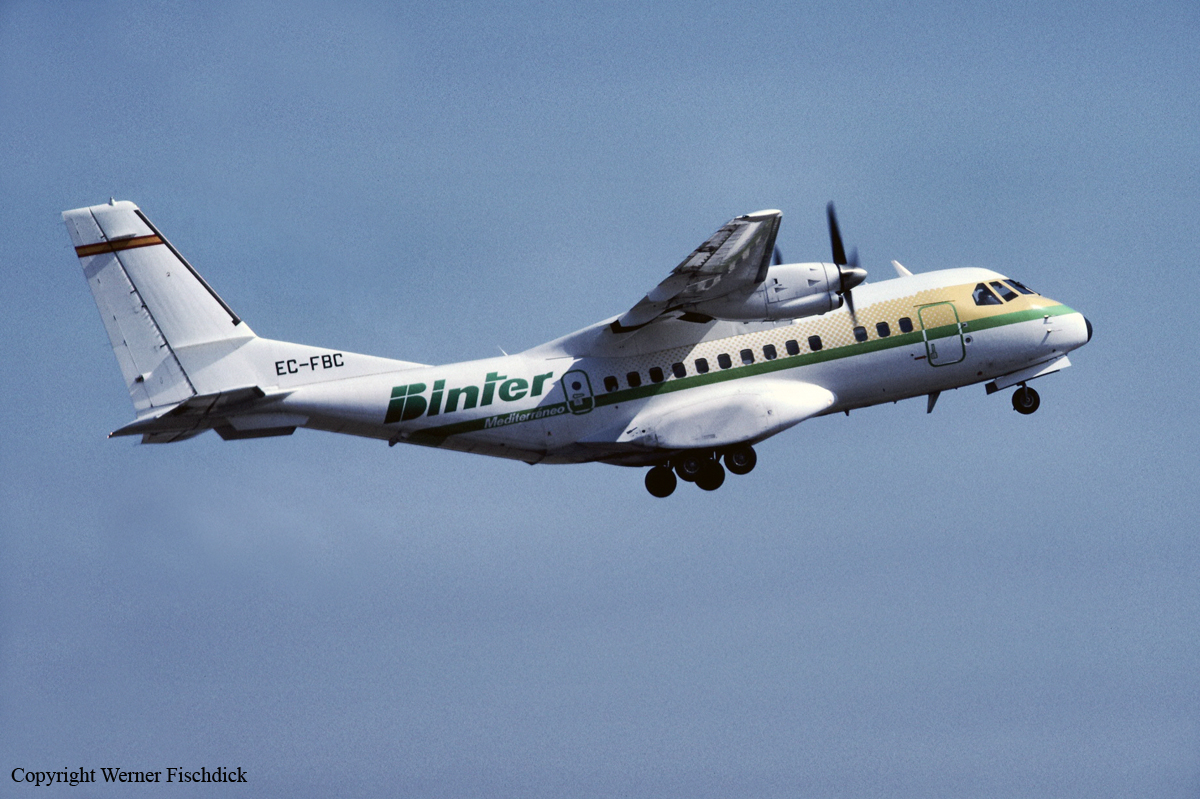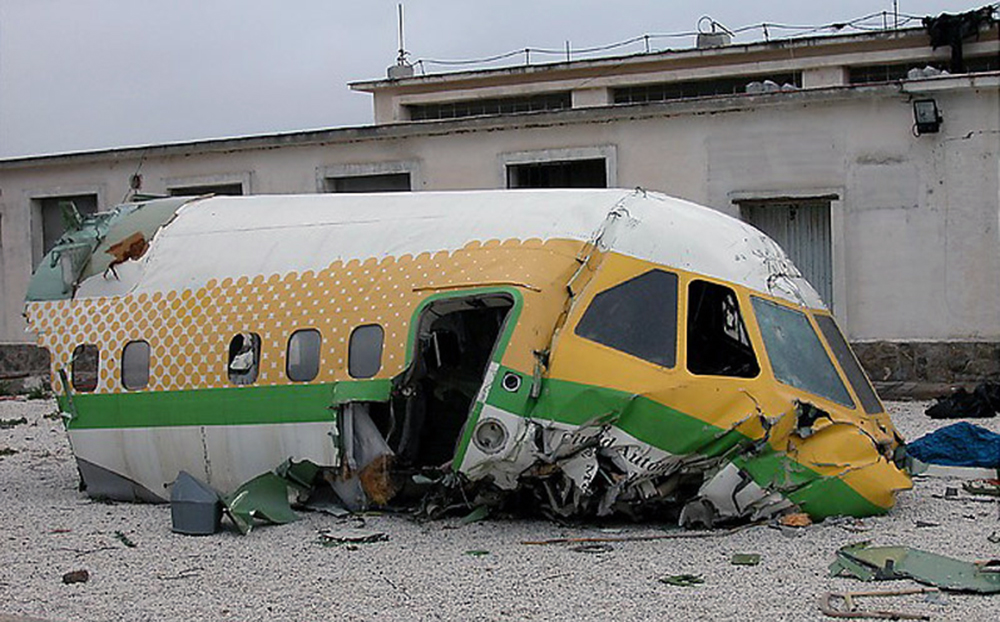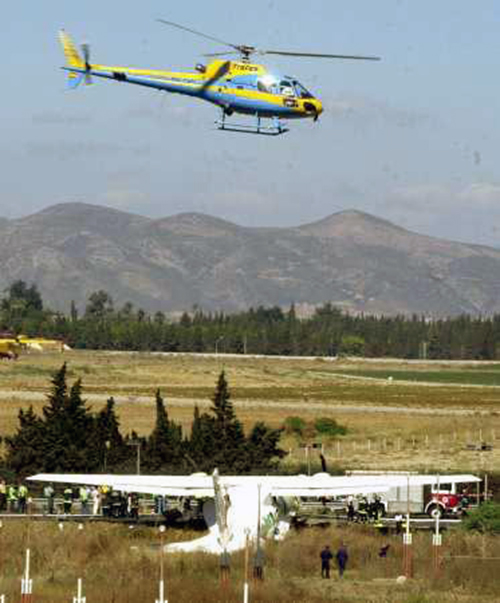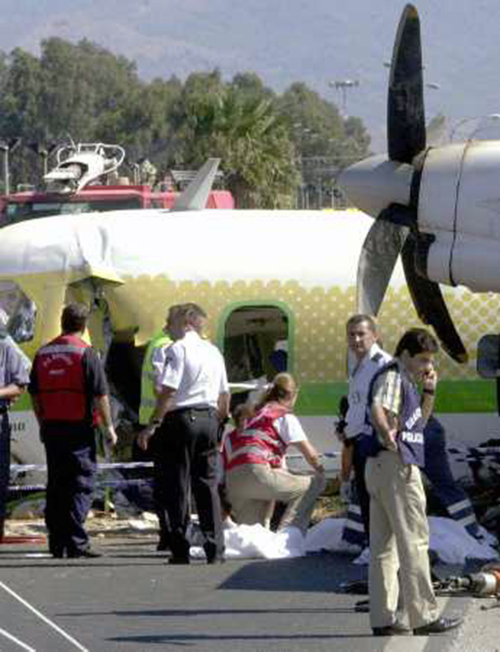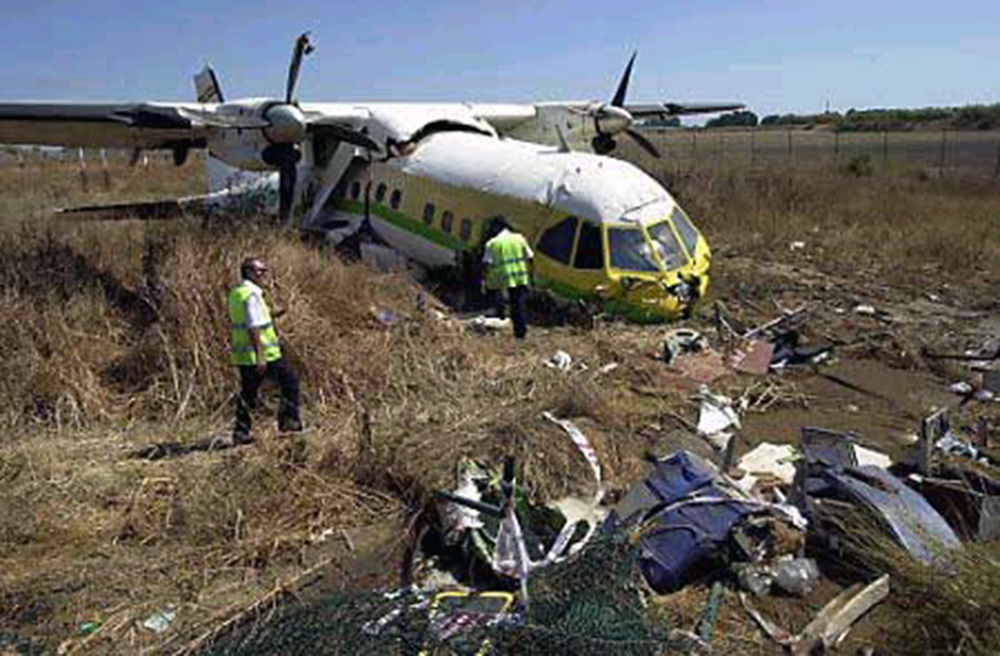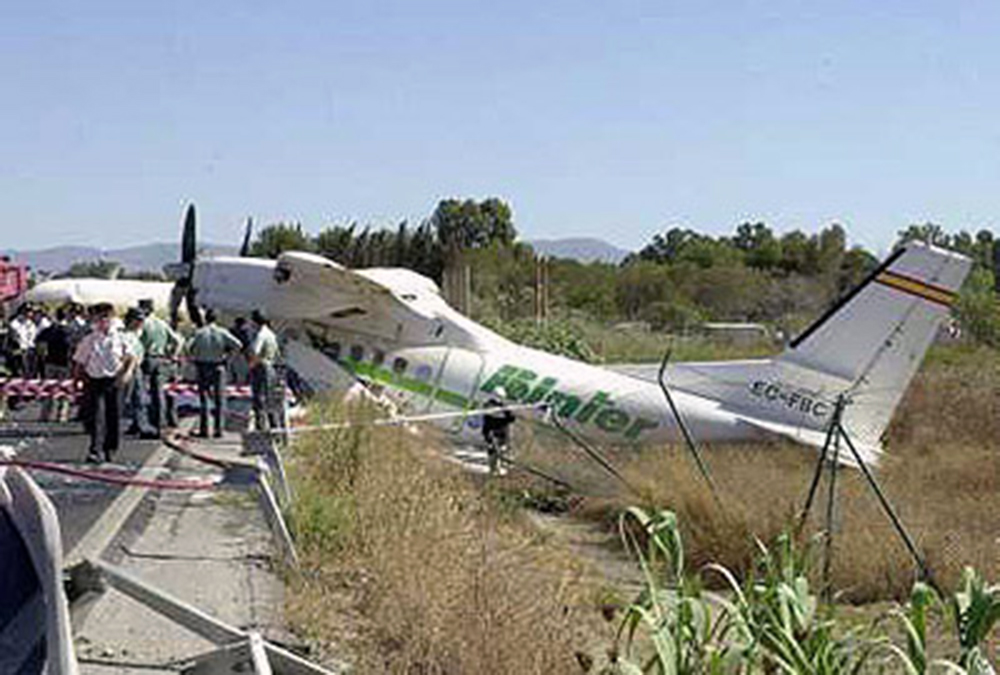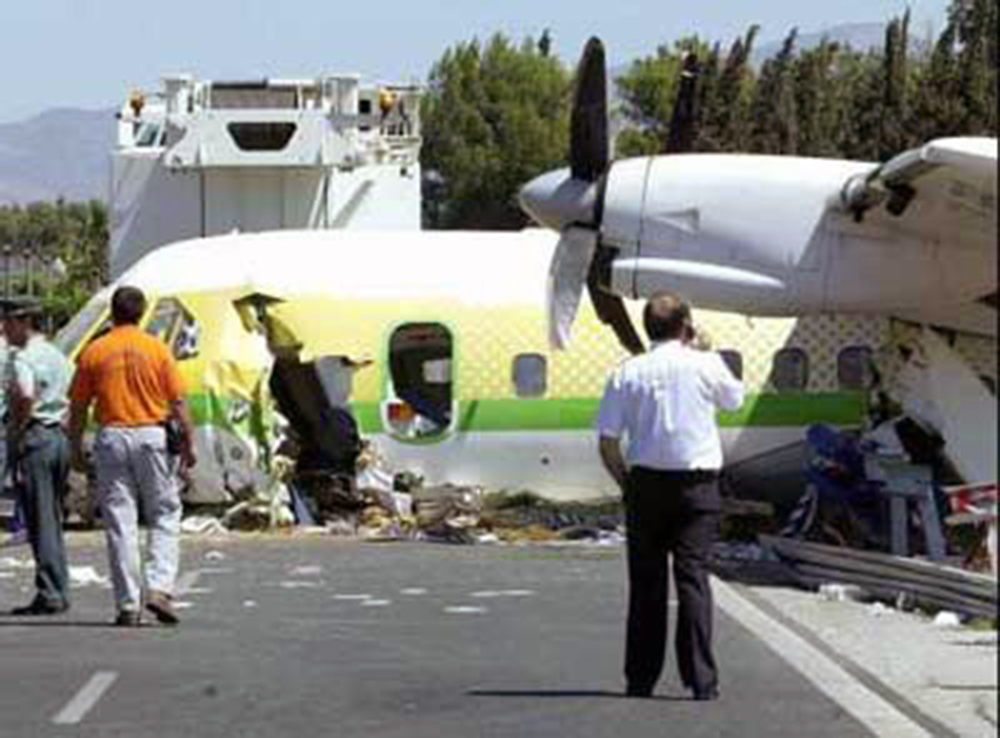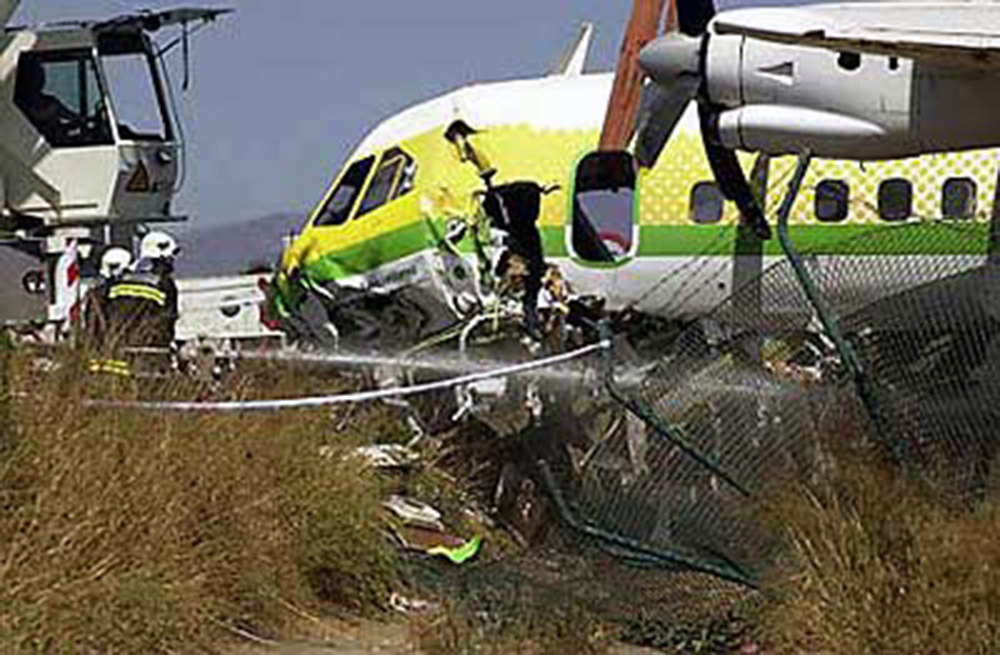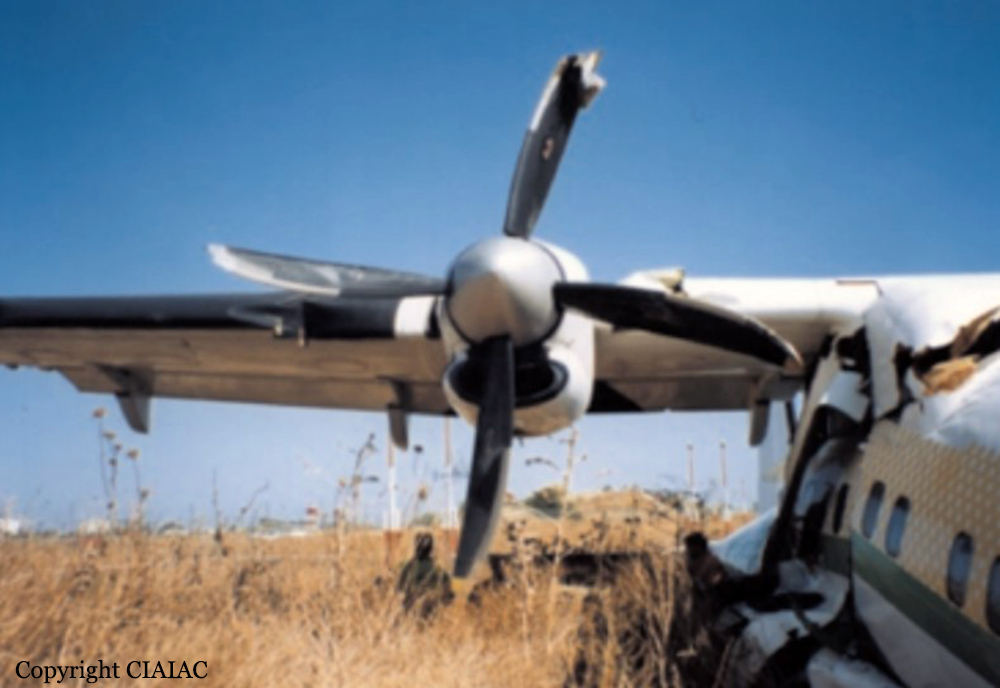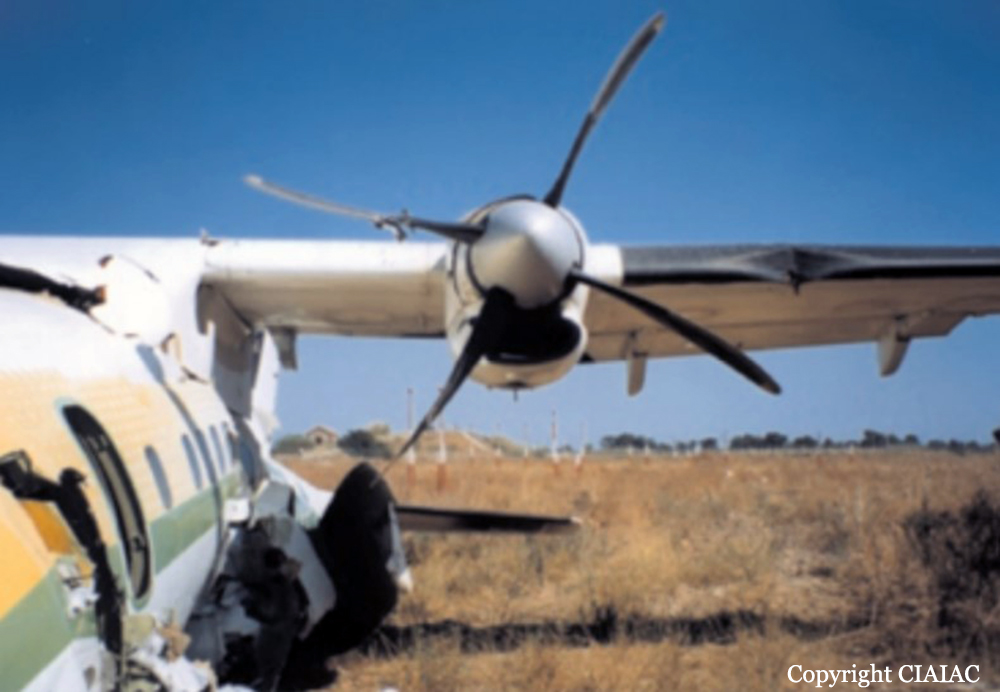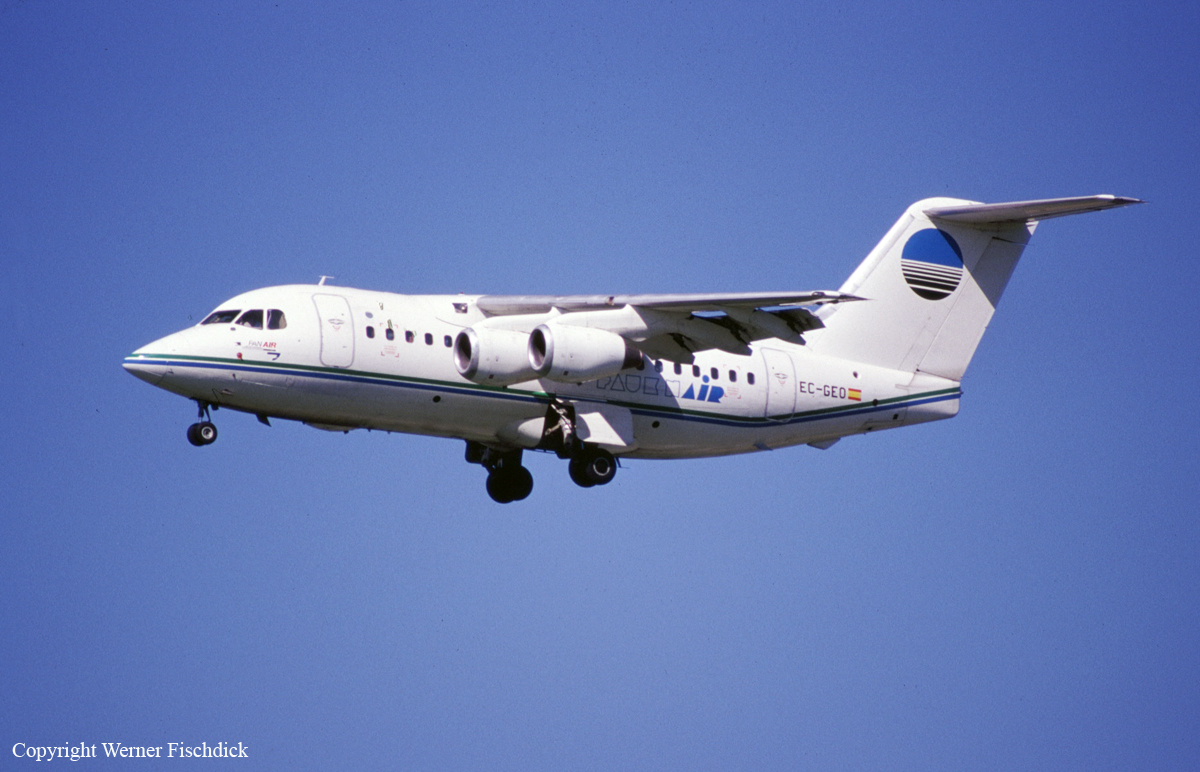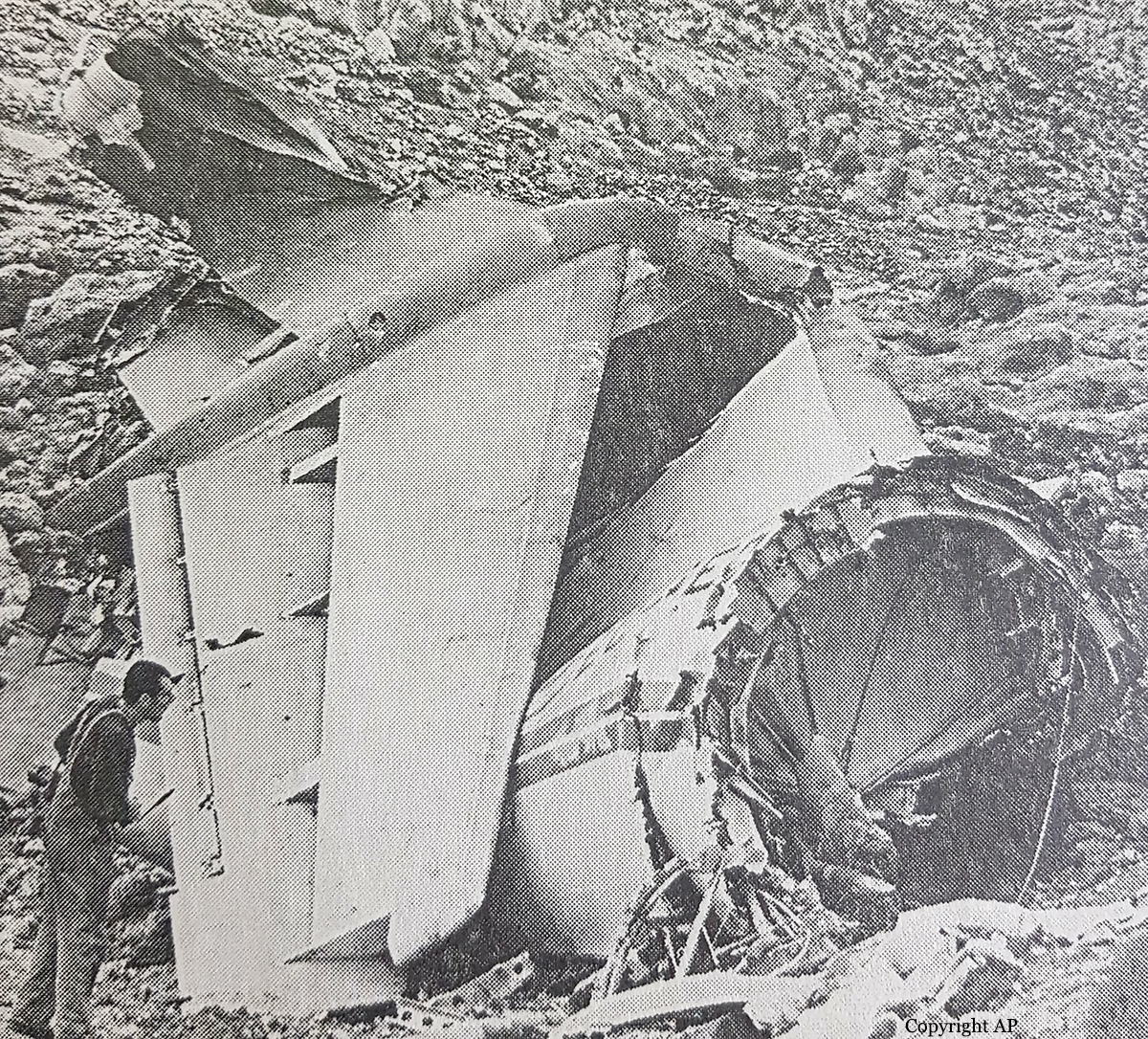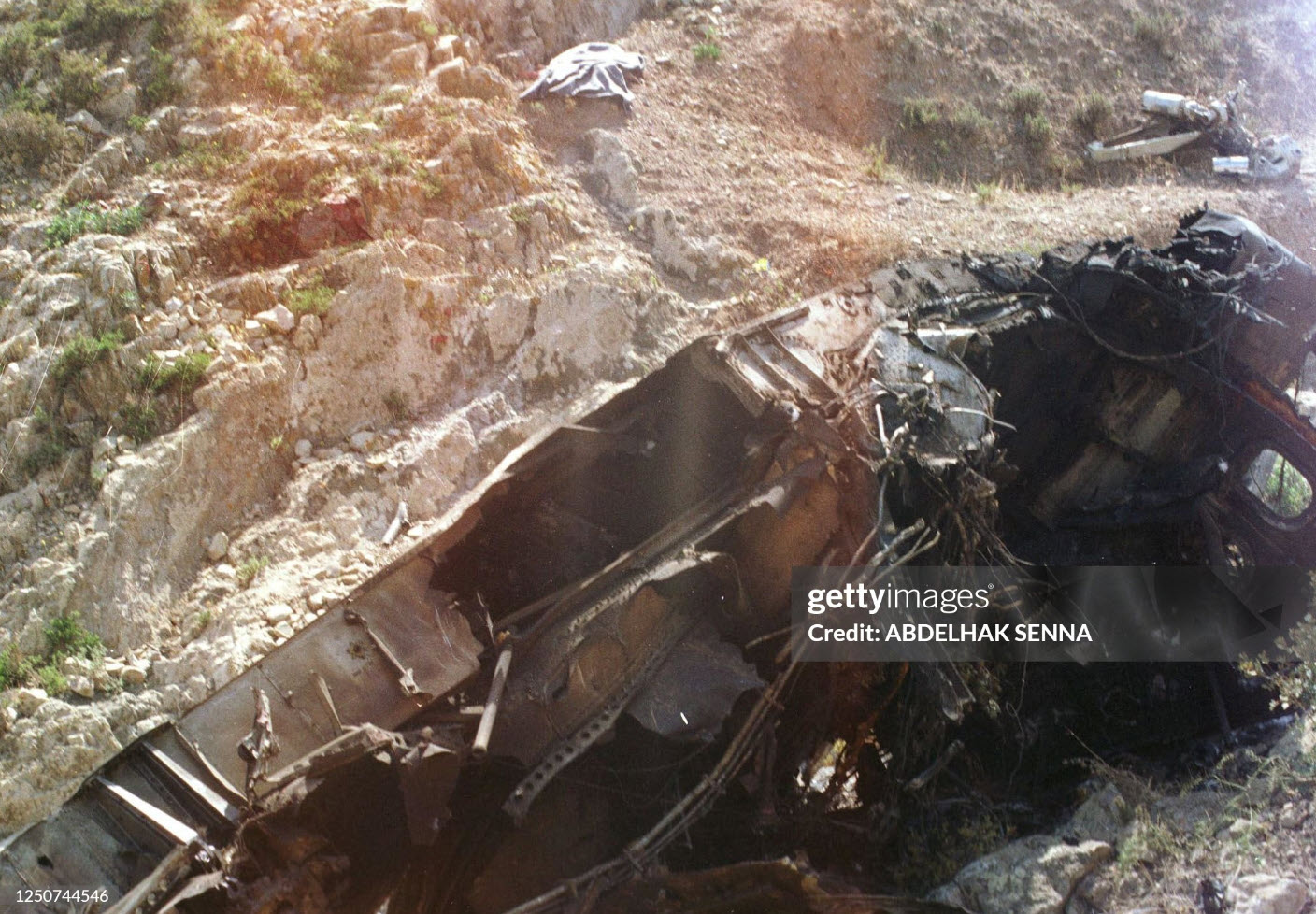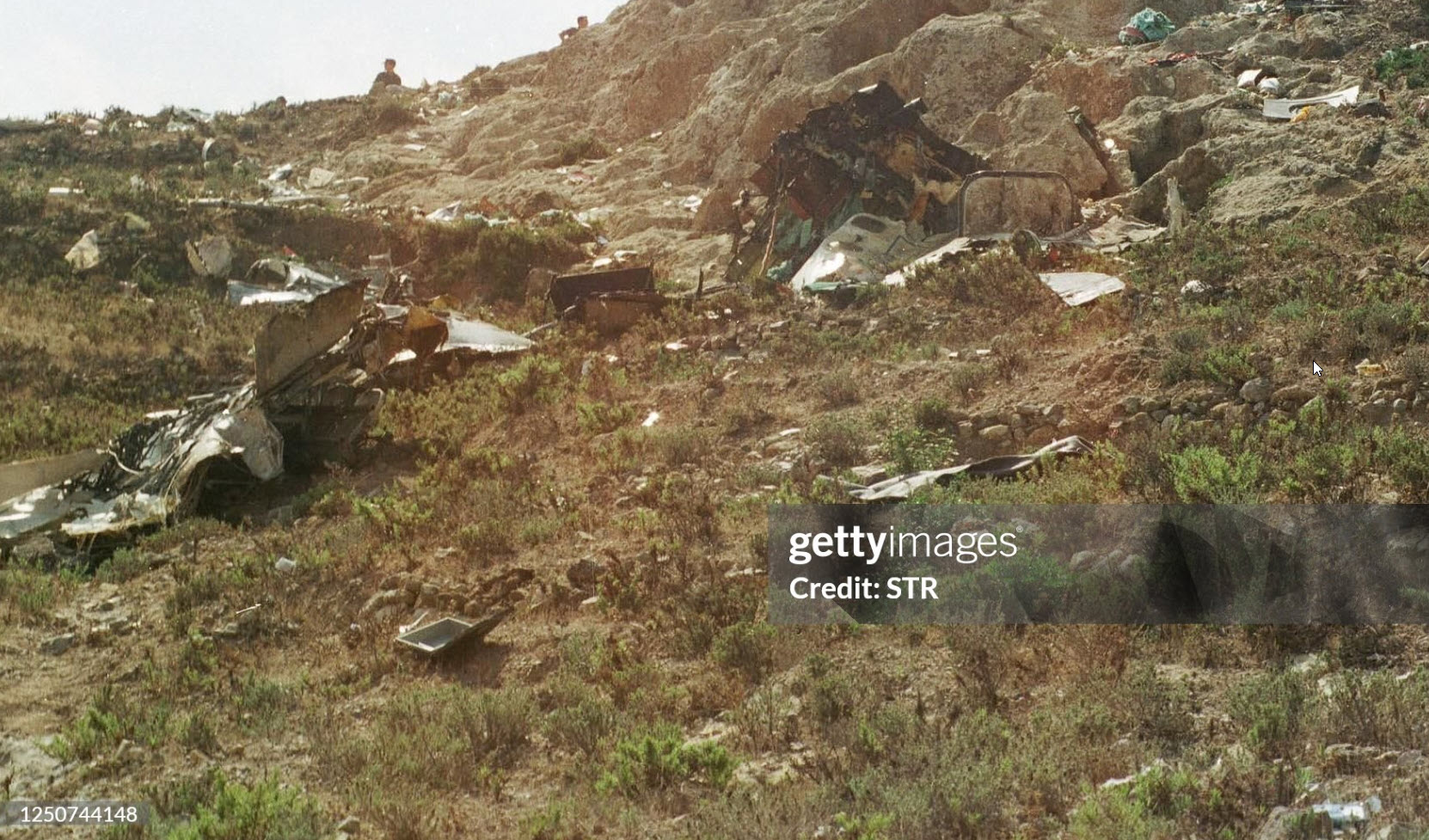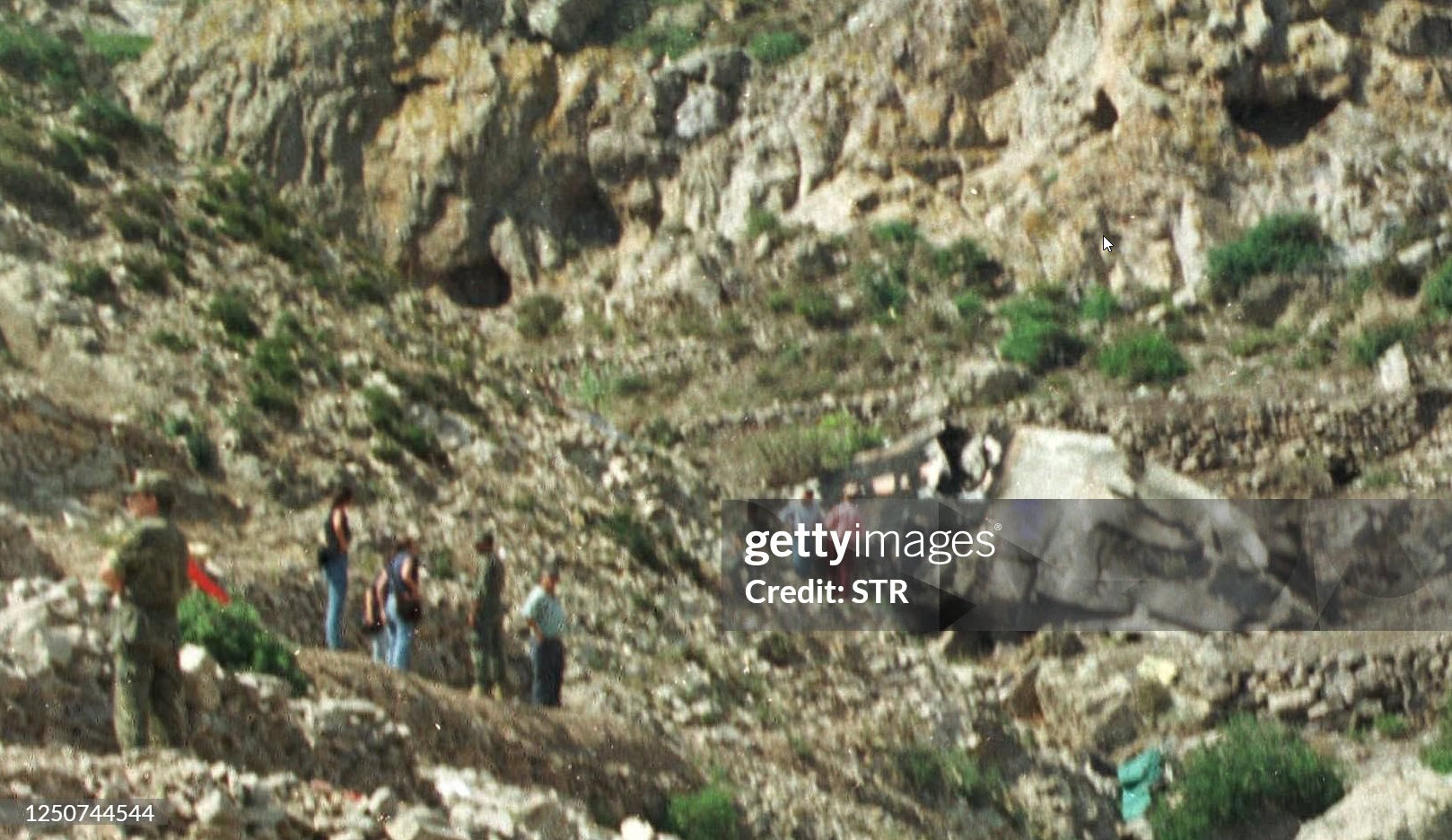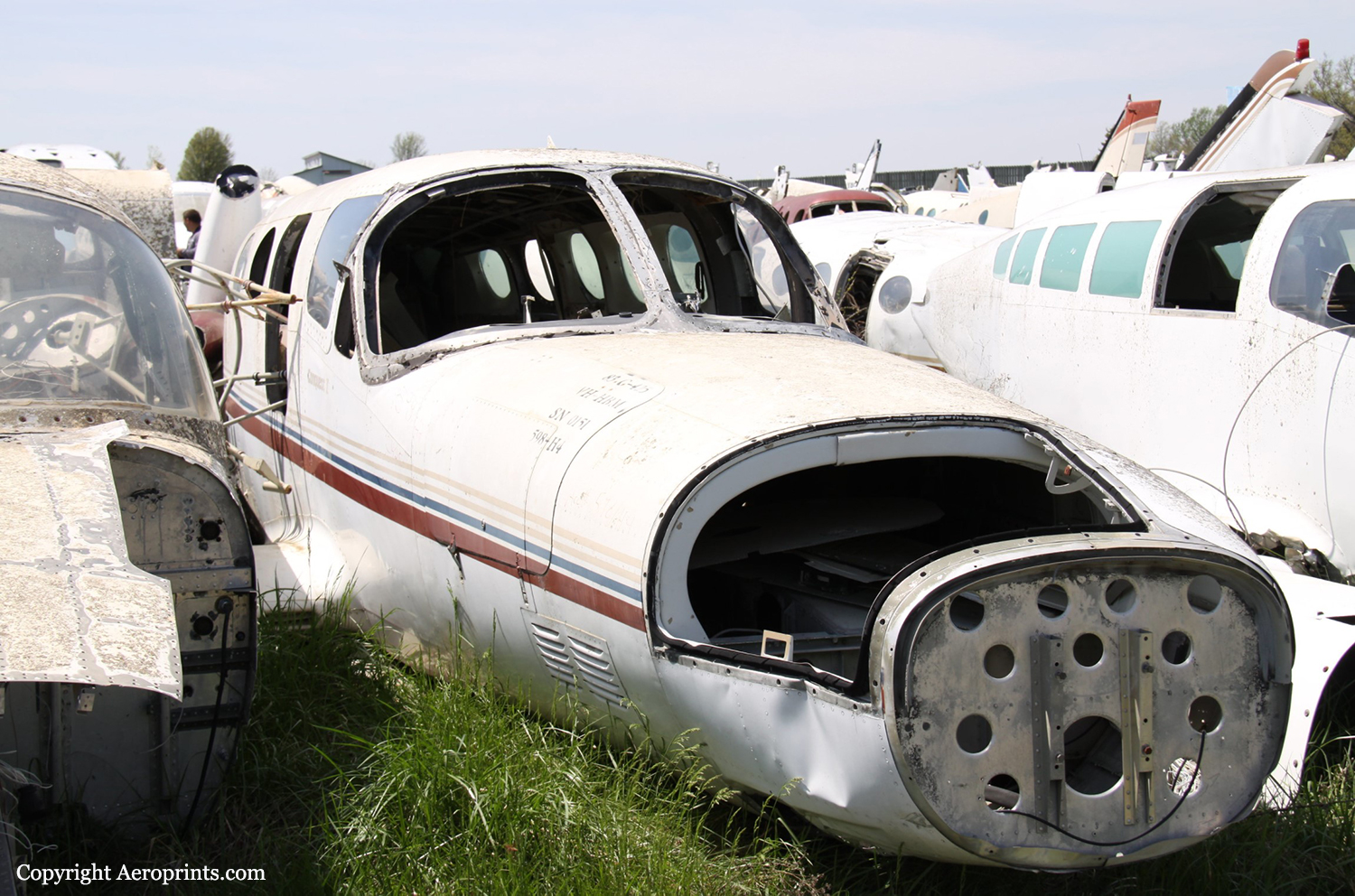Crash of a Fokker 50 in Mellila
Date & Time:
Jan 17, 2003 at 1201 LT
Registration:
PH-FZE
Survivors:
Yes
Schedule:
Málaga – Melilla
MSN:
20182
YOM:
1990
Flight number:
YW8276
Crew on board:
5
Crew fatalities:
Pax on board:
14
Pax fatalities:
Other fatalities:
Total fatalities:
0
Captain / Total hours on type:
3500.00
Copilot / Total hours on type:
64
Aircraft flight hours:
22534
Aircraft flight cycles:
25803
Circumstances:
After landing on runway 15 at Melilla Airport, the pilot-in-command noticed that he could not engage the ground idle/reverse of both propellers, and that the aircraft did not brake normally. The aircraft started to deviate to the left of the runway axis while both pilots were applying brakes. After tyre n°3 burst, the deviation continued until the aircraft left the paved surface of the runway and finally fell through an embankment with around 15 metres of height located at the end of runway 15. The aircraft was destroyed and the pilot-in-command and other nine people suffered minor injuries. There was no fire.
Probable cause:
It is considered that the accident probably happened because of a combination of three factors:
1. An unstable approach that resulted in a higher than normal touchdown speed.
2. The inability to select propeller reverse due to the probable tripping of the circuit breaker FLIGHT IDLE SOLENOID 1 & 2 before or at touchdown.
3. The cross connection of the wheel speed transducer wire harness of wheels 3 and 4, which, due to heavy braking, produced a flat spot in wheel 3 and reduced the braking capability of wheel 4.
1. An unstable approach that resulted in a higher than normal touchdown speed.
2. The inability to select propeller reverse due to the probable tripping of the circuit breaker FLIGHT IDLE SOLENOID 1 & 2 before or at touchdown.
3. The cross connection of the wheel speed transducer wire harness of wheels 3 and 4, which, due to heavy braking, produced a flat spot in wheel 3 and reduced the braking capability of wheel 4.
Final Report:
